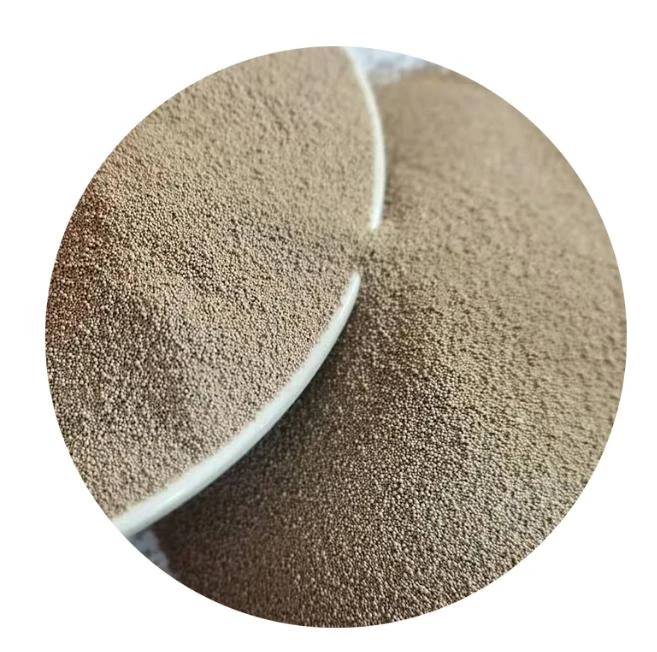

When considering the authoritativeness of sand casting, it’s crucial to recognize its historical pedigree and regulatory acceptance. This method has been utilized for centuries, evolving alongside human innovation. Today, it stands validated by numerous industry standards and certifications, ensuring that parts produced meet regulatory criteria across various sectors. Organizations and manufacturers who specialize in sand casting often hold certifications such as ISO 9001, which further authenticate the quality and reliability of their processes. This credibility is critical for industries where safety and durability are paramount. Trustworthiness in sand casting is manifested through its predictable and repeatable outputs. The method is particularly favored for producing high-strength components that can withstand significant stress and fatigue, vital for industries like automotive and construction. This reliability is the result of rigorous quality controls and inspections at every stage—from design, molding, casting, to finishing. Advanced non-destructive testing methods are now part of standard procedures, ensuring every piece not only meets but often exceeds the required specifications. In conclusion, sand casting remains indispensable in modern manufacturing for its blend of experience-led craftsmanship, versatile expertise, authoritative credentials, and unwavering trustworthiness. Its enduring nature is a nod to both the simplicity and complexity it masters, making it a robust choice for industries worldwide. As technological advancements continue to emerge, sand casting will undoubtedly evolve, yet its core principles and reliability will undoubtedly endure, standing as a pillar in the manufacturing community. Post time:студ . 14, 2025 12:10
Next:sand casting sand types
